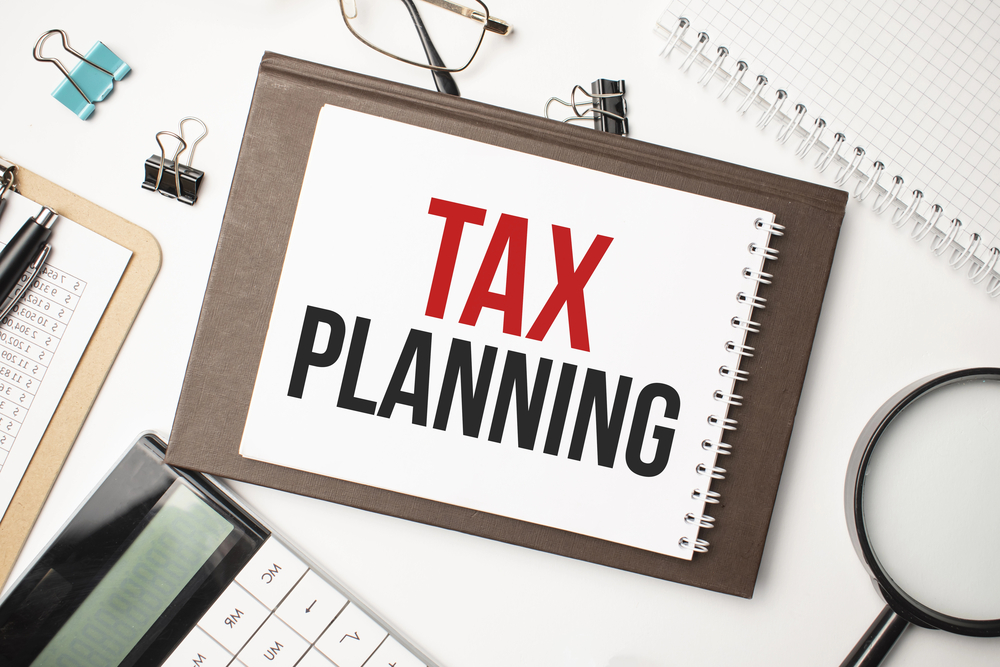
Having a well-thought-out tax strategy for your business is an important step to take in order to make the most out of tax time.
A proper tax strategy is an optimization tool that analyzes business income. It looks at your overall business structure, spending, potential deductibles, and how these factors can be leveraged in your favor to reduce your taxes.
In order to make the most out of your tax strategy, you will want to align it with your annual plan.
Keeping your strategy and plan up to date yearly will ensure that you are getting the most returns possible and using those returns to strengthen and grow your business year after year.
In this article, we will analyze what steps you can take before creating your tax strategy so that you can feel prepared and confident in the choices you make. We will also take a look at what you should give consideration to and include in your tax strategy.

Analyze Your Current Tax Situation
Before creating your tax strategy, you need to carefully analyze your current tax situation.
As part of this process, look at your current financials. You’ll need last year’s financial data on hand to help answer your questions and guide your analysis. Having a deep understanding of your current financials will help you determine your next steps.
To set your tax goals, you need to understand how you can best file your taxes with the previous financial analysis in mind.
Focus on Your Goals
As you create your goals, review how they will fit into your annual plan.
Another thing to note is whether or not goals will need to be adjusted on a quarterly or yearly basis. Knowing when goals need to be changed is a simple way to optimize your tax strategy for long-term success.
Additionally, analyze the implications that your taxes may have within the plan itself. Keep in mind that the timing of income and purchases, the overall amount, and other expenses are all factors to consider, as they will have direct impacts on your taxes.
Sometimes, a slight adjustment here or there can make all the difference in meeting your goals.
This foresight to adjust is why having a sound tax strategy and proper goals can go such a long way.
Build Your Tax Strategy
Now that we’ve addressed how to analyze your current tax situation and what goals you should keep in mind to optimize your spending for taxes, let’s discuss how you can build the perfect tax strategy for your business.
Here is a brief overview of the essential aspects before we go into more detail:
- Gather all relevant information
- Include any relevant deductions
- Make sure your strategy matches your goals
- Include retirement planning
- Use the right business structure
When building your business tax strategy, the first step is to gather all relevant information – financial documents, income and expense reports, etc.
Include any relevant deductions your business may be able to take advantage of; some examples of common deductions can be found here.
The next step is to make sure your strategy matches the goals that you had in mind. If your strategy doesn’t set you on the path that you wanted, consider reevaluating your plan.
Retirement planning should also be included when building your tax strategy as it comes with major tax benefits.
Make sure you have the right business structure to make full use of your tax goals and strategy. Whether that be a sole proprietorship, partnership, LLC, or corporation, you want to be identified by what will make the most sense come tax time.
Overall, cover all of your bases as you build your tax strategy from the ground up to meet the needs of your business. As your business grows, ensure that each part of your tax strategy helps you meet the goals established in your annual plan.

Keep in Contact with Your Accountant
Properly aligning a tax strategy to your annual plan can be a daunting task. Luckily, there are accountants that can help you with exactly that.
With over a decade’s worth of experience, we at Shetland Financial feel uniquely suited to work with you and see to your needs in a one-on-one environment.
Remember, your accountant is useful outside of tax time.
Even after the initial consultation and planning, you should continue to reach out to your accountant. It’s important to continue to build and grow your tax strategy and reevaluate it against your ever-changing annual plan.
Shetland Financial is happy to guide you through every step of this process. You can contact us here to schedule a call and find out how we can help you. We look forward to working with you.
